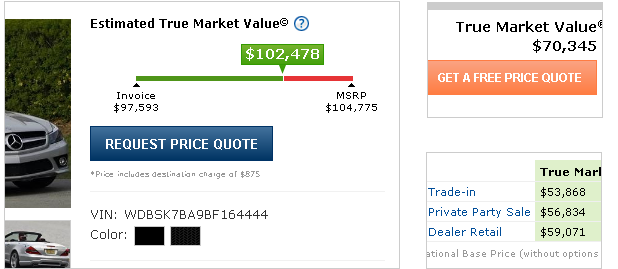 Sometimes, social media seems to be integrated into every part of the day. But, are companies reaping rewards or return from the social-media campfire conversations?
Sometimes, social media seems to be integrated into every part of the day. But, are companies reaping rewards or return from the social-media campfire conversations?
That would be a NO.
There are plenty of conversations that power a business to stand out from the competition, but for many, deducing all the fodder into financial gain is not easy.
The number of small businesses that have increased their social-media budget has quadrupled, and 43 percent of small businesses now spend more than six hours each week dealing with social media.
In the near future, I’d hedge to bet businesses will discover that online reviews provide more conversation in fewer places, and reveal the invisible customer – the one that got away (and launched an online review assault against the company).
Our research suggests Facebook is not the first stop when people want to check out a business; they often go to review sites beforehand.
 The Verification
The Verification
My team at eReputationBUILDER recently did a study on two dealerships, one with high-end buyers and the other with mid to low-end buyers. We analyzed sentiment and patterns in both review growth and customer perception.
The two departments that benefited the most with this game changing insight into customer preference and behavior were operations and marketing.
Here are our findings: Despite differences in target markets (upper-middle incomes vs. middle to lower incomes), both dealerships experienced a growth in reviews. No matter how much or how little a person spent on a car or service repair, no matter regional differences, people still wrote reviews.
- Negative encounters that led to bad reviews for both target markets all resulted in similar descriptions – rude service, dealership was a rip-off, sales team was dishonest, etc.
- Positive encounters varied according to the target market. This led us to conclude the variables that drive customers to write negative sentiment are much more common than the variables that evoke positive feedback.
Group 1: High-end buyers
- Features they looked for in their car
- Options and customization
- Elegant and classy look
- Speed
- Easy Handling
- Advanced technology
- Push-button parallel parking
- Features they look for in a dealership
- Waiting room amenities (Wi-Fi, free coffee, etc)
- Detailing their car when it gets serviced
- Financial Transparency
- Polite, no stress salespeople
- The Look of success, from the showroom to the people in it
- Experiences that led to negative reviews
- Bad amenities (e.g. no Wi-Fi in waiting area, etc)
- No financial transparency in the buying process
- Salesperson was rude and not appropriately dressed
- Dealership was dirty or looked rundown
- People were too aggressive to get the sale
Group 2: Mid to low-end buyers
- Features they looked for
- Mileage
- Dependability
- Car Safety features
- Warranty
- Access to manageable payments
- Family friendly vehicles
- Features they looked for in a dealership
- No hassle financing
- No co-signer required
- Incentives
- Different car options in their price range
- Nice and friendly personnel
- Family oriented
- Experiences that lead to bad reviews
- Bad customer service
- Dealer not working with them to find the right price
- Unnecessary delays in the sales process
- Stressful rush to make the deal
- High waiting times for service
Conclusion:
Brand association was stronger for lower-mid car buyers, but upper-income buyers cared more about luxury features. Dealers can leverage this research by making changes internally and invest dollars in marketing and operations. Propelled from the customers voice, reviews are measurable and certifiable.
The lower to mid-market company should link the brand name with its amenities (e.g., "INSERT DEALERSHIP NAME offers..."), while the higher-end business should advertise the luxury attraction ("Vehicle comes with push button parallel parking”).
Online review sites are a game changer, no doubt. But they are the dark horses in this race, at least in terms of where businesses are currently putting the most focus. Companies need to use these reviews to better their business practices and improve satisfaction and acquisition. Listen to what your customers are saying; and refocus according to your target market. You are sure to reap the benefits.
Jerry Hart
President
eReputationBUILDER






